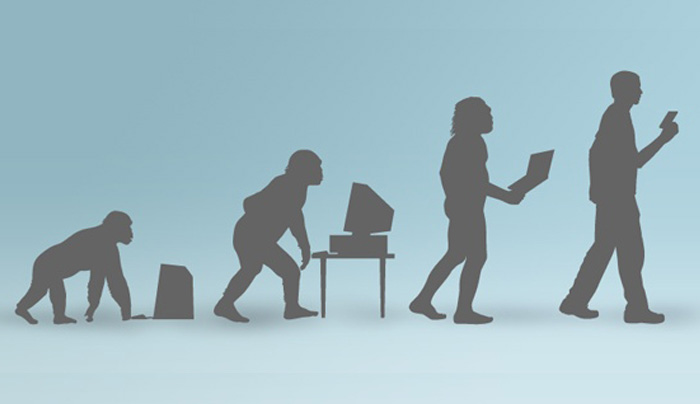Minimalism has for a long time been an important design approach all over the world, but it has a special presence in web design. Simpler websites that convey all the information they need to often perform better, but it is almost always tempting to use feature-rich designs, especially when your users will be able to make use of those features.
The lean philosophy sent a wave through the business world when Eric Ries noted that the main reason companies fail is because they are selling a product that nobody really wants to use. He recommended that startups structure their whole product around breaking the product down into its core functions and only building on those functions when there is a demonstrated need for that from a customer. Steve Jobs had a similar philosophy and it has now become the norm.
Minimalism in web design
Look at google.com. Their website is one of the world’s most popular, and it exudes minimal design. Look at the negative spacing, the limited functions available and the simple logo (though this is often sacrificed when celebrating a person, culture or event). The Google homepage is completely designed around one function – searching the Internet. You will find no other function apart from that, with many of the advanced search tools only being available after the initial search. It isn’t distracting, it improves the user experience and encourages users to engage.
The impact of minimalism
Countless A/B tests prove that simple is almost always better than complex when thinking about the user experience. A good case study in minimalism and web design comes from this New York company. DigitalSilk was approached by doForms to improve their conversions. They found that their website was disorganized, cluttered and too complicated. It was stopping them from generating leads and getting the brand visibility they deserved. DigitalSilk simplified the website, measuring the success of their changes along the way, providing a clean interface with intuitive but strategic user flow. The result was a 21% reduction of the bounce rate on the contact page and an 18.5% lower bounce rate on the free trial page, with significantly increased time spent on the free trial page, all achieved in just 2 months.
Fundamentals of minimalist design
- Negative spaces – this is the empty space between the elements on your site, like all the space surrounding the Google home page. It helps to direct the flow of the user, helping them to access the features or information that they want.
- Contrast – a high-contrast color-scheme will give a striking look to your website, one that is enhanced when there are fewer visual elements on a page. High contrast also serves the benefit of making it easier to read your site and be directed to important elements or actions.
- Know when to use wacky fonts – wacky or ornate fonts should be used very rarely, only as central design elements. Make sure that with every decision you make you ask yourself if it impacts the readability of the site, as well as your messaging.
Thanks for reading this article. If you're new here, why don't you subscribe for regular updates via RSS feed or via email. You can also subscribe by following @techsling on Twitter or becoming our fan on Facebook. Thanks for visiting!





















































































































































































